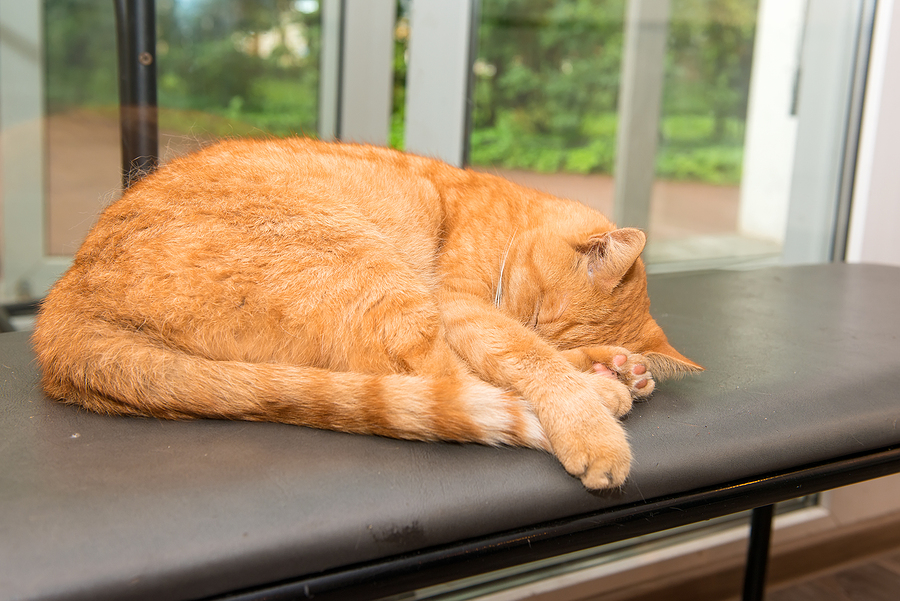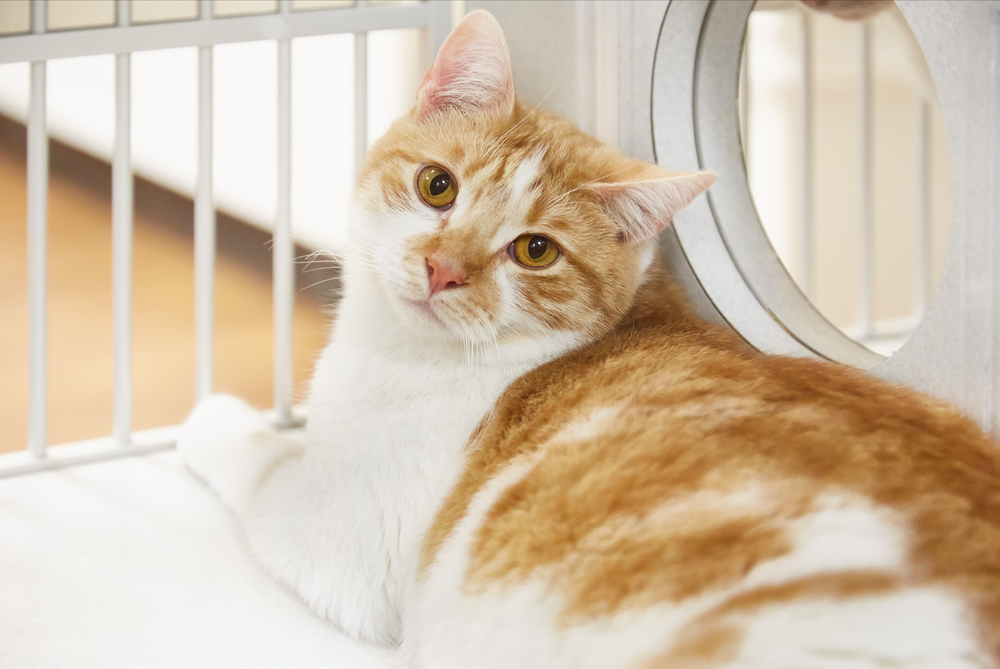
For dogs in shelters, the best you can do for their welfare is to get them outside for enrichment. This must be emphasized before we talk about improving indoor spaces, as even the best indoor space cannot replace outdoor time. Nevertheless, bringing natural daylight into the shelter has benefits for all animals, including homo sapiens.
Reinforcing Circadian Rhythms
Circadian rhythms are the hormonal and physiological cycles our bodies go through, day and night. They tie to our general health, our quality of sleep, and our patterns of eating and resting. Circadian rhythms are also important for reinforcing seasonal patterns such as the growth of winter haircoats.
-
- Bringing daylight into shelters and allowing dogs and cats indoor/outdoor spaces helps them maintain crucial biological cycles throughout their stay. Circadian rhythm regulation is particularly important for animals who must stay longer in care; for example, dogs with medical conditions requiring continued care.
- As one example of the importance of circadian rhythms, human hospital patients with disrupted day/night cycles suffered poorer cognitive functions, had delirium in greater frequency, and recovered more slowly than they would have without these disruptions.
Boosting Morale for Staff
Animals in the shelter pick up on the morale of staff and volunteers. Sheltered animals are often fearful, and one way we can reduce fear is to provide compassionate and gentle care. Lack of natural daylight in human workplaces contributes to stress, fatigue, anxiety, and depression-related illnesses such as SAD (Seasonal Affective Disorder) and makes compassionate care more challenging. Bringing daylight into the building counteracts these effects and helps support a healthier, more upbeat work environment, which is better for the well-being of all.
Unfortunately, many shelters, especially older ones, are constructed with few windows and little natural daylight. However, there are ways to add natural lighting without huge expense. Here are a few tips:
- Construct inexpensive outdoor spaces such as catios, dog exercise yards, and a covered patio or pretty garden pergola where staff can relax and take their lunch or breaks. These are easy to get donations for (relatively speaking), or they can be built on weekends by handy volunteers.
- Consider adding “Solatubes,” which are tubular skylights. These introduce daylight from roofs down to the ceiling, and work even in structures that are high overhead. They are relatively easy to install, and they are not as prone to leaking as traditional skylights.
- Speaking of which, we have been to several shelters that used to have skylights but covered them when they leaked. Uncover your old skylights and put the effort into fixing them – it is worth it!
- Swap out solid doors for glass doors. Adding a glass door adds daylight with very little effort. If you’re worried about security, put an alarm on the door and frost the glass – the soft daylight coming in will be worth the risk of the glass, in most cases.
- Add windows. Windows can be harder to add because this involves cutting holes in an outside wall, so add them where they would provide the most benefit. For example, if you have a cat isolation room on a blank outside wall, adding a window will vastly improve the wellbeing of the cats housed in that room while being treated. If you do go to the trouble of adding a window, put a heavy-duty screen on it and design the window to be operable. That way it can be open in nice weather, which provides even more benefit.
Don’t settle for a lightless bunker. It’s not good for you and it’s not good for the animals. As we head into the dark of winter, look for fundable opportunities to get animals and staff outside, as well as for ways to bring daylight in. Everyone will be happier and healthier!
This article was reviewed/edited by board-certified veterinary behaviorist Dr. Kenneth Martin and/or veterinary technician specialist in behavior Debbie Martin, LVT.
